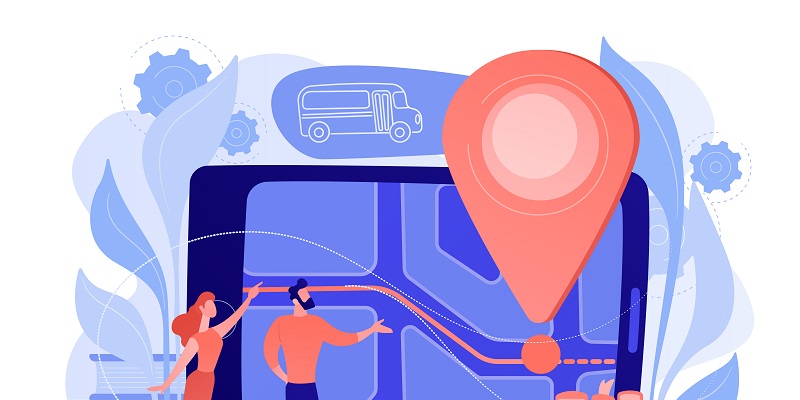Sales lead tracking can answer the million-dollar question: “How do I know if my team is maximizing their opportunity to close every lead?” This question is of utmost importance to businesses today, and the answer lies in tracking a lead’s progress from identification to becoming an opportunity. With HubSpot’s lead status contact property, managing potential sales leads and organizing their contact information is easy.
The “Lead Status” contact property
The “lead status” contact property tracks exactly where a lead is from the first moment they’re identified until they become an opportunity. In other words, it offers a solution for managing potential sales leads and organizing their contact information. HubSpot’s “lead status” contact property is an innovative tool that allows businesses to effectively manage their sales process, from lead generation to deal closing.
Automation of the tagging/marking process
Tagging and marking leads can be a tedious and time-consuming process. However, with HubSpot workflows, you can automate aspects of this process to save your team a lot of time. As a result, your team can focus on more high-priority tasks, such as talking to potential clients, following up with leads, and closing deals. Automation is an essential part of sales lead tracking that can help ensure that leads are not lost or forgotten.
Typical Lead Statuses Recommended for Automation
Here are the typical lead statuses recommended for automation:
1. New lead status
This lead status is for brand-new leads that haven’t yet been emailed or called by Sales. In this stage, the focus is on identifying potential leads and adding them to the database.
2. Potential lead status
This means that a salesperson has already reached out to this lead via email, phone, or another method, but they’ve yet to hear back from them. In this stage, the focus is on reaching out and following up with potential leads.
3. Engaged Lead Status
This status means that the lead has taken an action in response to the sales team’s outreach, by either speaking to the team on the phone, replying to an email, etc. In this stage, the focus is on building a relationship with the lead and identifying their needs.
4. Qualified Lead status
This lead status means that the conversation with the lead went well, and they will move on to a full demo conversation or something similar. At this stage, the focus is on closing the deal and converting the lead into a customer.
5. Determining Lead Qualification
While some companies tend to have a formulaic approach to determine whether or not a lead is qualified, most companies in most industries tend to determine qualification on a case-by-case basis. This is because each lead is unique and requires a different approach. A qualified lead is someone who has expressed an interest in your product or service and has the potential to become a customer.
In conclusion, sales lead tracking is critical for businesses to maximize their opportunity to close every lead effectively. HubSpot’s lead status contact property offers an innovative solution for managing potential sales leads and organizing their contact information. By automating tagging/marking processes with the HubSpot workflows tool, businesses can save time while ensuring that no potential lead is lost or forgotten. With the recommended typical lead statuses, businesses can effectively track and manage the progress of their leads in the sales process. Determining lead qualification on a case-by-case basis is essential for businesses, as it allows for a tailored approach to each lead, increasing the likelihood of conversion. Overall, the use of HubSpot’s lead status contact property and automation tools can help businesses improve their sales process and ultimately lead to increased revenue.

